How Apple's new, powerful 4-inch iPhone SE is built for the future
The inclusion of Apple's latest and greatest processor and camera technology in the iPhone SE ensures that both customers and Apple will be able to stand by the device for years to come.
In years past, buying Apple's low-end models has been something of a risky proposition. After all, you'd be investing $450-plus in a two-year-old phone.
For consumers looking to buy a more affordable phone, there were questions abound: How well will it run the next few operating system upgrades? How long will it be supported by Apple? Would I be better off putting my money toward a better model?
Apple's upsell strategy worked — Â consumers gravitated toward Apple's high-end, premium phones, while lower end models just weren't as popular.
As it looks to rekindle growth in its iPhone sales, however, Apple has decided to cater to the lower end, giving users not only a supremely powerful iPhone in a smaller 4-inch form factor, but also with an aggressive starting price of $399 — Â the most affordable iPhone Apple has ever made.
Even more surprising is the fact that Apple cut very few corners to achieve that price. The iPhone SE boasts the same speedy A9 chip and high-quality 12-megapixel camera as the flagship iPhone 6s series, and support for Apple Pay contactless payments. Concessions such as the lack of 3D Touch or a lower quality FaceTime camera likely aren't a major concern to most prospective buyers.
Putting its latest processor, camera and Apple Pay into the iPhone SE accomplishes a few key goals. Perhaps most importantly, it takes the worry out of buying a "low-end" model. Consumers who purchase the iPhone SE can know with confidence that it will continue to be supported and operate properly for years to come — Â at least as long as the flagship iPhone 6s sticks around, which carries the same internal specs.
But the power of the iPhone SE also affords Apple some flexibility when it comes to product longevity and frequency of updates.
Consider the iPod touch: Last year, Apple updated its portable media player with the A8 processor — Â at the time, Apple's most powerful mobile CPU, despite a $199 starting price. The likely reason? The iPod touch doesn't get updated as frequently, and putting its fastest processor into the device affords Apple the ability to sell it for a few years without needing an upgrade.
Even the branding of iPhone SE gives Apple some flexibility. Without a number like 5 or 6 weighing over the head of the product, Apple can continue to present it to consumers as a capable, powerful handset, even after the anticipated launch of the "iPhone 7" this fall.
This is not to say that the 4-inch iPhone won't receive an update in 2017 for certain — Â ultimately, only Apple knows what the future holds.
But with powerful and capable hardware in the iPhone SE, Apple can continue to sell it for years to come, and consumers can continue to buy it, both without any reservations.
 Neil Hughes
Neil Hughes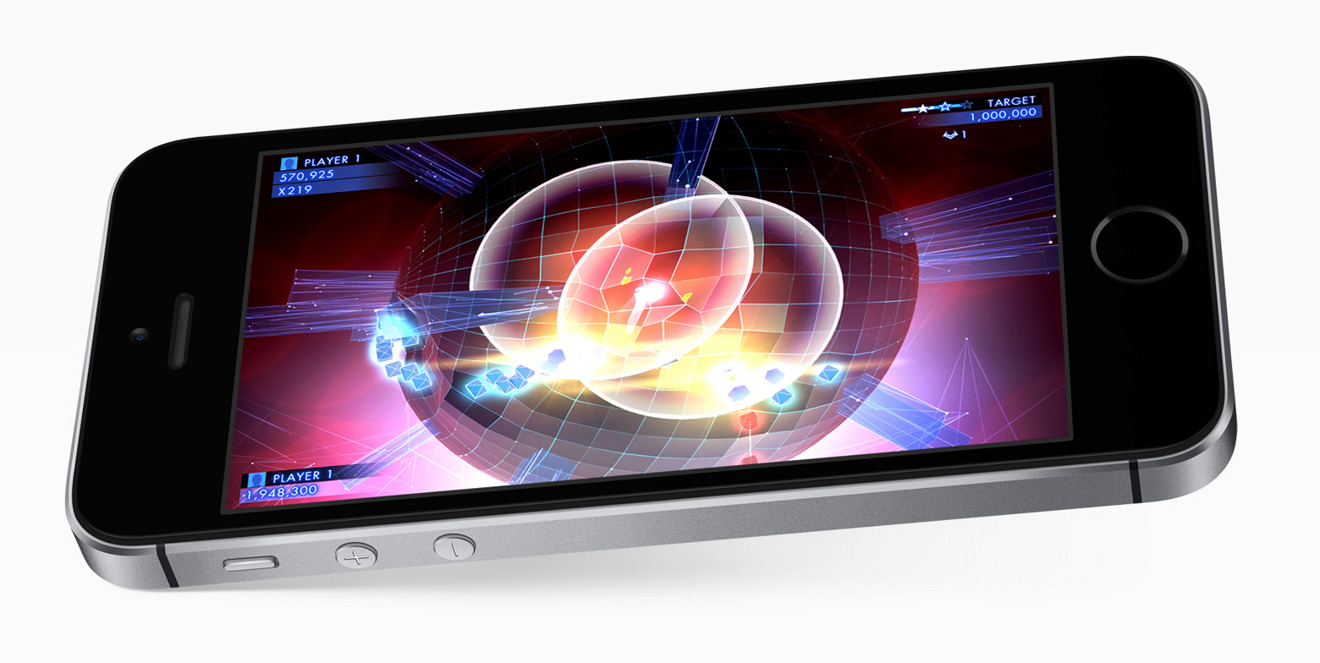
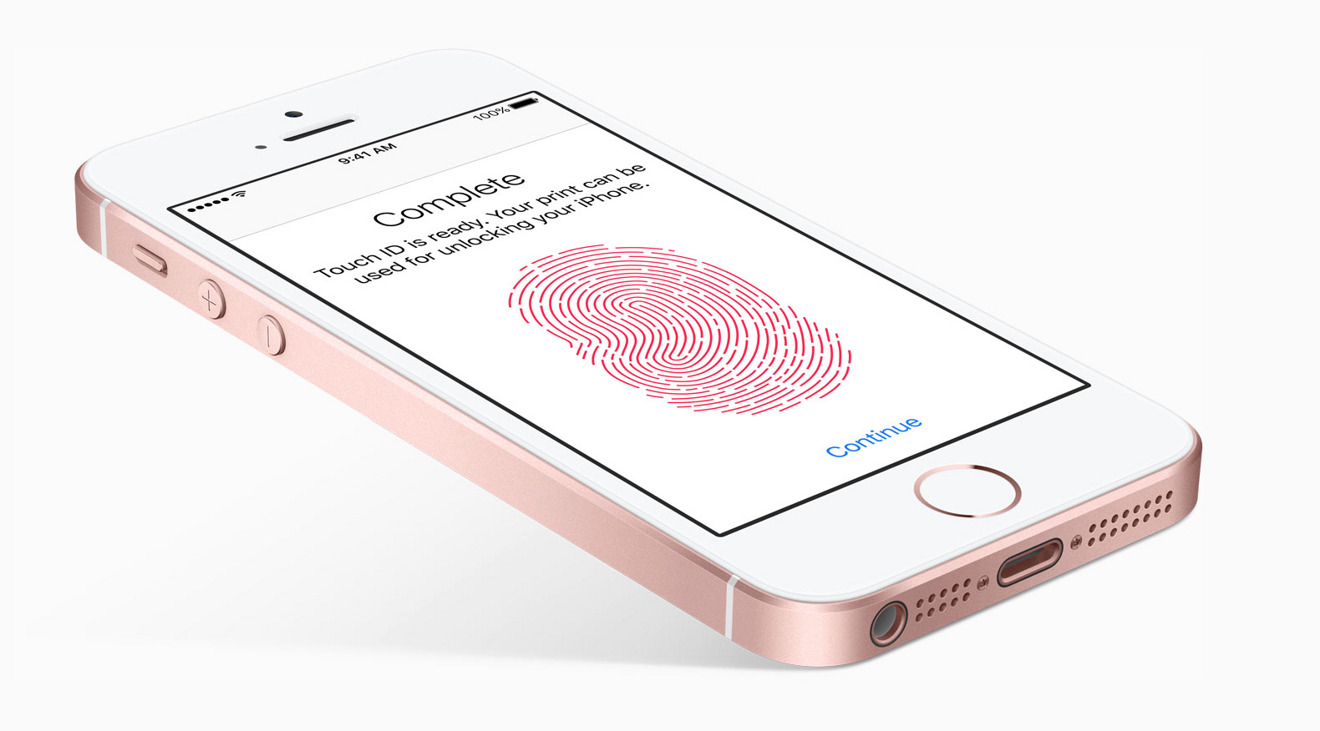
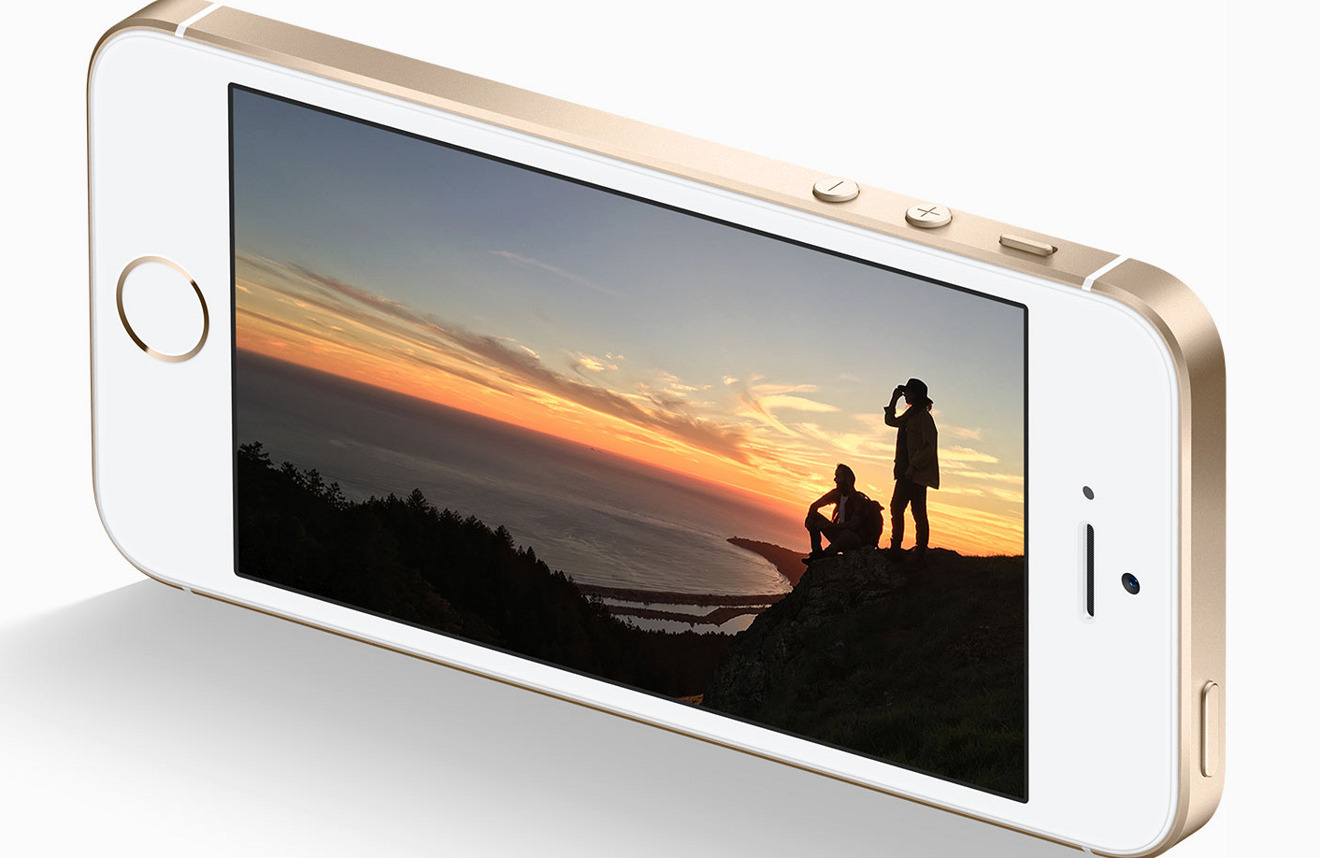


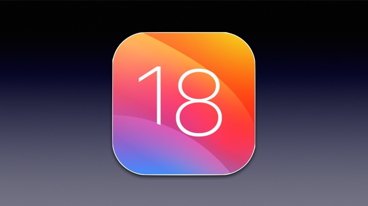
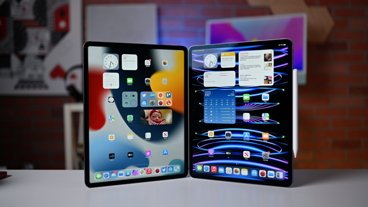
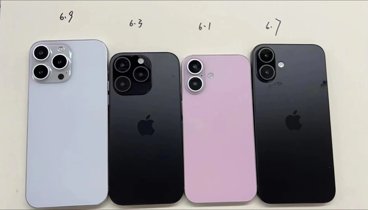








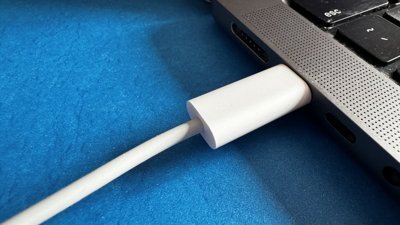
 Andrew Orr
Andrew Orr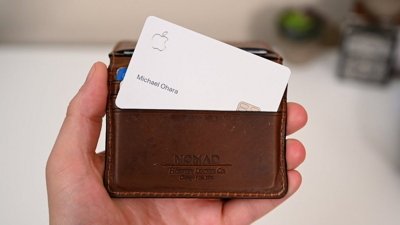

 Mike Wuerthele and Malcolm Owen
Mike Wuerthele and Malcolm Owen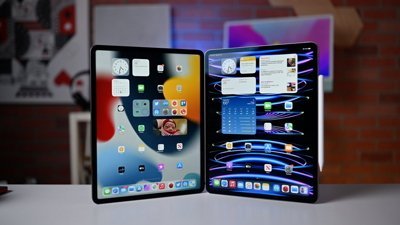

 Andrew O'Hara
Andrew O'Hara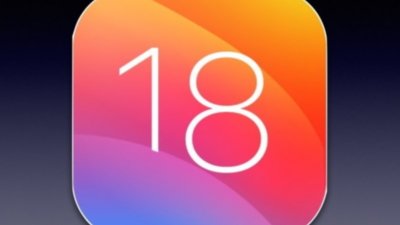
 Charles Martin
Charles Martin
 Malcolm Owen
Malcolm Owen
 William Gallagher
William Gallagher






60 Comments
Exactly right. This photo will be a workhorse. Anyone with a three year old 5s knows how well it still performs and how well the timeless design has held up. There is no other phone around you can say that about.
And unlike Android, Apple has fully supported their customers with it instead of abandoning them and moving on to the next model and next customer. The last east software iOS 9.3 run fantastic on my 5s with even better battery life than when I first bought it. You cannot say that about any Android device. The quality and longevity is there for all to see.
Said right to the penny. In 4 incher iphone, majority wants faster processor for quick smooth multitasking user experience, obviously better camera, better voice(VoLTE), VoWiFi(free calls on internet), numerous cellular, LTE bands to make it world phone and last but not least ApplePay. We got it all in SE and on top somewhat better battery life. This phone will sell very well and created excellent path for future incremental updates in same 4" footprint that does not put previous generation SE not likeable. Just a winning formula.
I thought that to cover both bases Apple would bring out a high spec high price 4 inch iPhone and keep the lower spec 5S at a reduced price. They have gone one better than that by bring out a high spec model at a price below the 5S. This was a master stroke and shows how carefully Apple have thought about the on going future of the iPhone range. This is a significant strategic move by Apple.
"Built for the future" ???
Compact phones are great, and internal components matter, but not in a device with 4" display. As a matter of fact iPhone SE has absolutely worse screen to body ratio in the industry - a little over 60%
Yes Indeed.
It will be the cost effective iPhone of choice for big businesses to buy by the thousands.